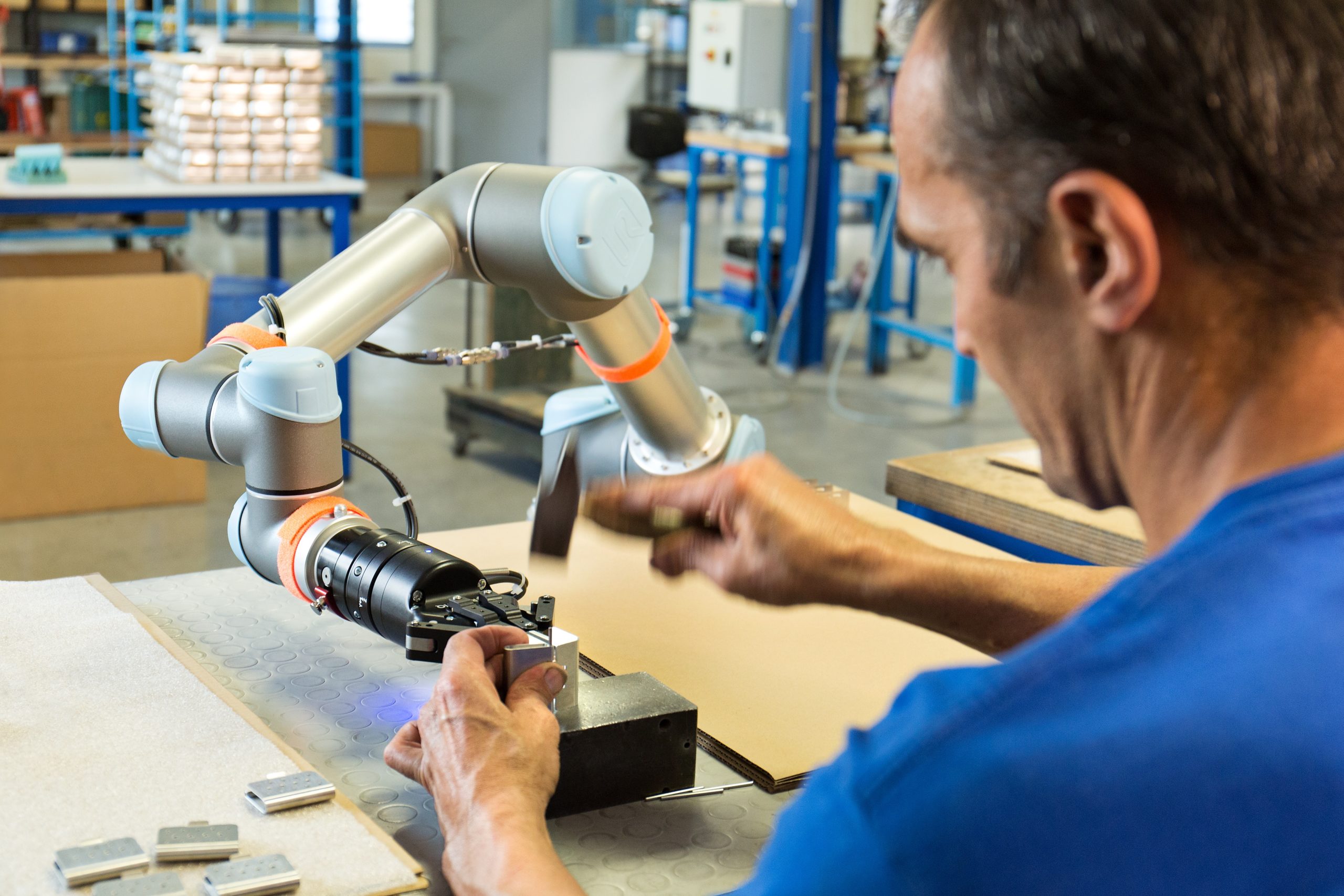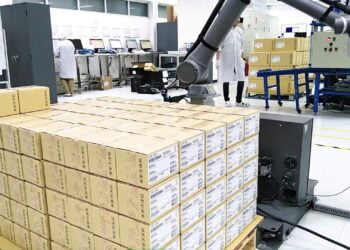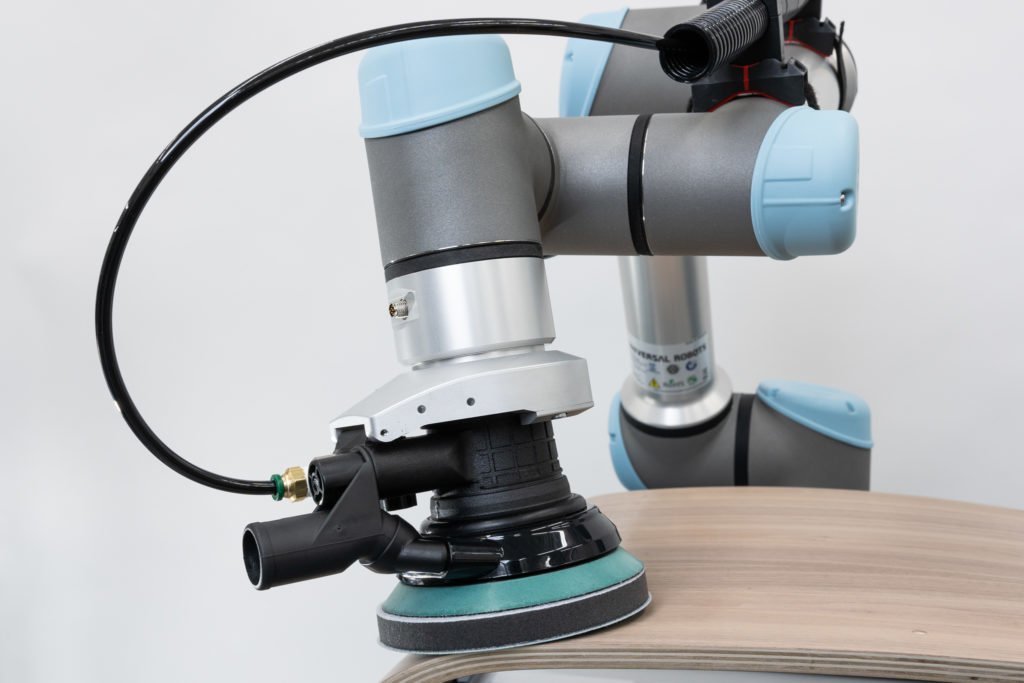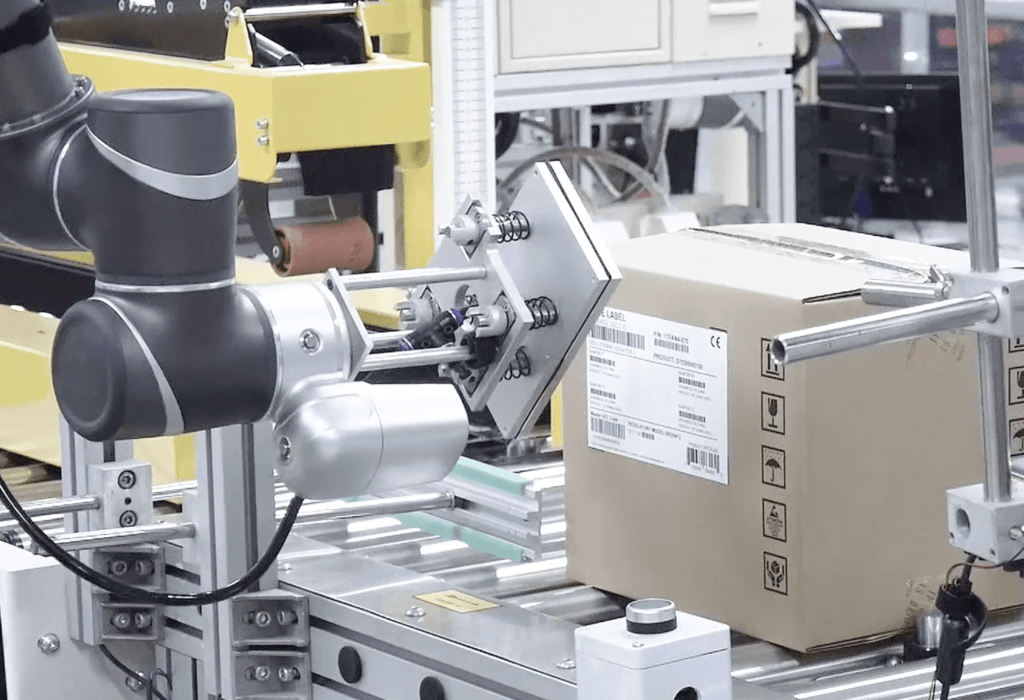The interest of manufacturing companies in investing in cobots has grown significantly recently. According to a report by ABI Research, the global market for cobots will grow substantially in the next decade. In 2020, $475 million was spent on cobots. That amount has grown to about 600 million last year (2021) and will likely head toward 8 billion by 2030, with an average annual growth rate of 32.5%. So Cobots are rapidly gaining in popularity and yet there are still many companies that are not taking full advantage of the benefits that cobots have to offer. Is 2022 the year to step up and automate with collaborative robots?
Cobots make automation accessible
For many companies, automating part of the production line is a big step. Robots can be an expensive, complicated, hefty solution that requires a lot of knowledge and time to make it successful. Collaborative robots remove these barriers and can be a valuable interim solution. Cobots are affordable, take up less space and excel in ease of use.
The biggest advantage of a cobot over traditional robots is its flexibility. In the year 2022, it is increasingly important for production environments to be agile in order to cope with high-mix, low-volume production. A cobot is mobile and, thanks to user-friendly software, easy to convert to another task and department in production. In addition, they take up little floor space.

Solution to staff shortages
2021 is the year of shortages. In almost every sector, companies are struggling to find qualified personnel. Cobots are (relatively) quickly implementable robots that can help production in the absence of qualified personnel or if production needs to be accelerated during busy periods.
Many companies and especially employees think that cobots are a replacement of personnel. However, the opposite is true. Thanks to collaborative robots, the workforce is actually strengthened and the production department as a whole becomes more productive. Cobots take over tedious work and operators can perform more complicated tasks.
Is your business ready?
Before starting with collaborative robots, it is important to examine whether your company is ready for them. This will depend primarily on the nature of production orders. Cobots are ideal for taking over repetitive or non-ergonomic tasks in variable production runs where a human still has to do some of the work. Workplaces will increasingly be viewed as a dynamic mix of creative solutions in the coming years. More and more the question will be asked, will a human or a robot do the work? Whether the workforce is ready to include a cobot in their midst depends on their willingness to learn how to program, operate and maintain it, and to move from monotonous tasks to more complicated ones.
Are you ready? Contact us to learn more about collaborative robots and why they could take your productivity to the next level by 2022!




